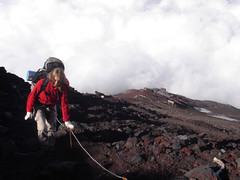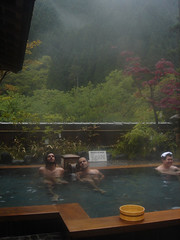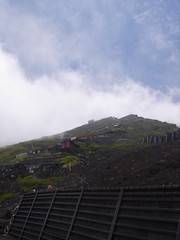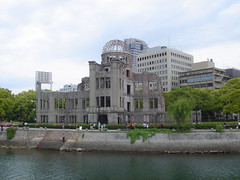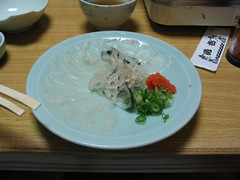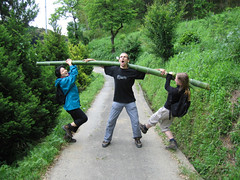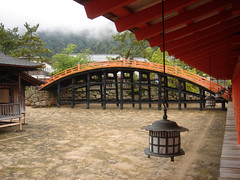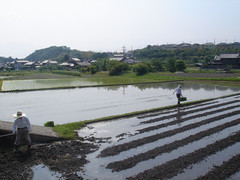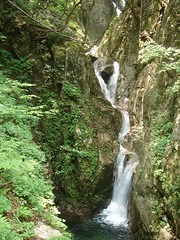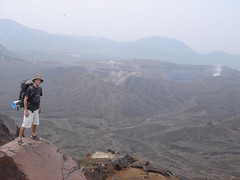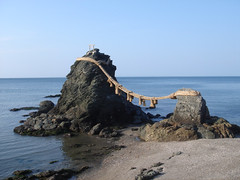Fuji - The endless climb
This means almost 1500 metres of countinous and steep ascent, on a volcanic rock trail. It was the first time for both of us to try such a demanding hike, mainly due to the 'altitude sickness', and we were unsure of the result.
In the picture, Rasa is fighting hard against gravity. We were close to the 8th station, with a long way below us and the weather still fine...
(to be continued)
